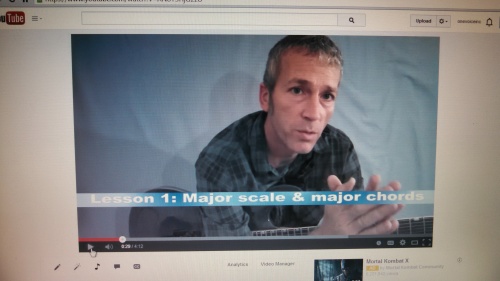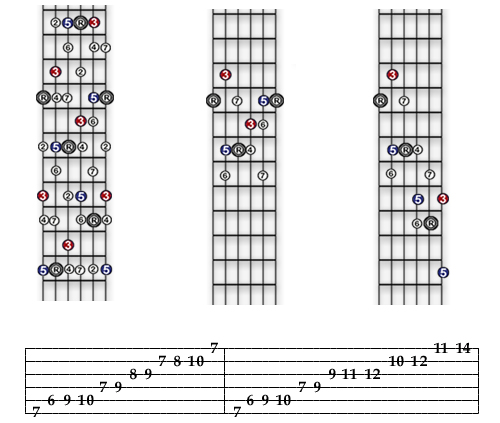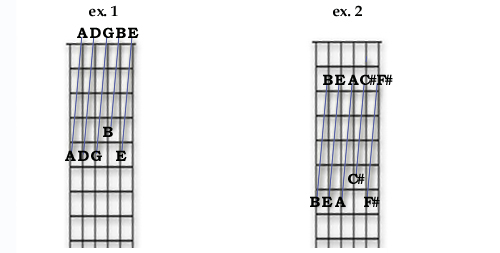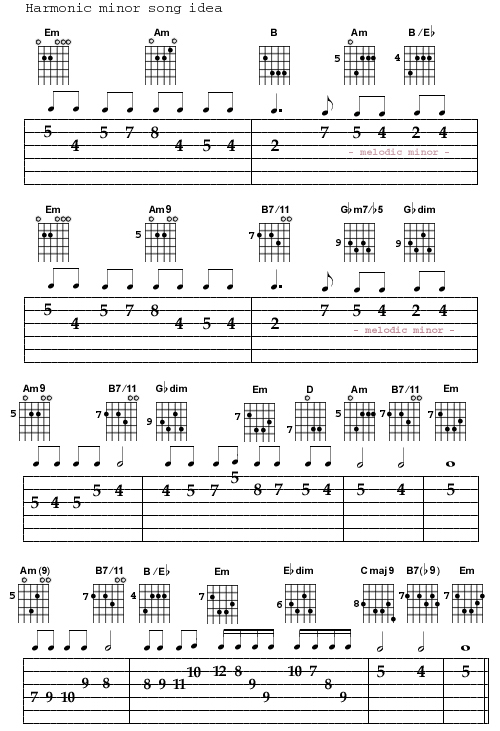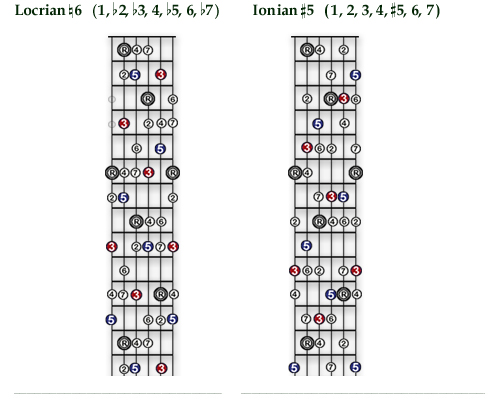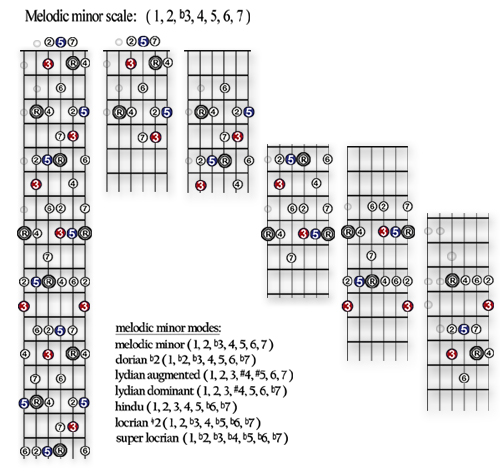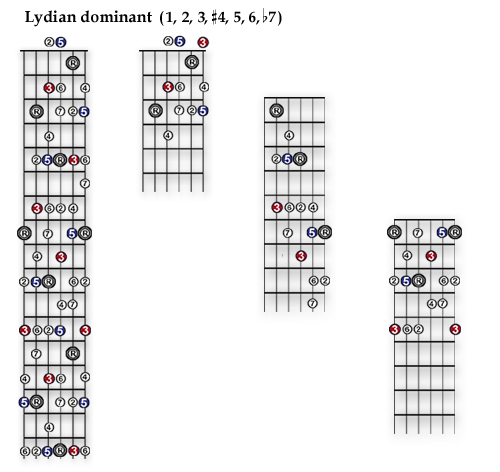Here’s some exciting news… Yesterday (6/6/14), I launched my new video channel on YouTube (the channel uses my same user name: onevoiceinc). So I wanted to take a moment and talk about both the video channel and this GUITAR 101 site.
First, I wanted to say that both resources are designed to work together. This site contains all the charts, deeper explanations, and examples. My YouTube channel will merely have brief video explanations to accompany (and reinforce) this site. Second (especially for those of you who are viewing this site for the first time), I wanted to better explain how to navigate this site. For PC/Mac/laptop users, there is a site navigation on the right. For smart phone users, the site navigation is at the bottom of the screen. Being that this site is a blog site (converted into a guitar/music theory site), the entries are formatted in order from most recent post to older posts. To use this site as it was intended, click on INTRODUCTION in the navigation to go through the lessons in chronological order. Or you can click on individual sections on the navigation to go to specific areas of interest.
Currently (as I am posting this), I have 5 YouTube videos released:
1. GUITAR 101 Lesson 1 – the Major scale,
2. GUITAR 101 Lesson 1 pt. 2 – the CAGED sequence,
3. Xtras Vol. 1 – Major scale exercises
4. GUITAR 101 Lesson 2 – the Minor scale
5. Xtras Vol. 2 – Minor scale exercises

CONTACT INFO. Throughout this site, I have always disabled the ‘likes’ and ‘comments’ (since day one), only because I wanted it all to be focused on the theory knowledge itself. My e-mail address has always been listed on my BIO page, and I thank all of you who have either sent encouragement or had questions. I appreciate your kind words, and as far as questions, you know I’m always happy to help. We’re all brothers and sisters in music, and we’re in this together. On this page (and only this page), I will be opening discussion/comments. All I ask is that anyone who comments please be respectful of others. Music is a tool to build each other up – not tear each other down – so let’s keep it that way, okay? And please, no spam. Info linking to any of your music sites is encouraged. I totally appreciate your cooperation. :)
Next, feel free to subscribe to this site and to my YouTube channel. The videos I created so far came from my belief that they may be helpful, and your continued participation will inspire me to make more and more videos. If they’re not being watched or used, however, there really is no point in making more of them (because it’s about sharing with/giving back to others, and not about me). Ultimately, they are there for YOU. If you want more videos or you liked what you see, let me know either by subscribing or by clicking that little ‘like’ button underneath the video.
Lastly, I wanted to encourage YOU. You are capable of pretty much anything you set your mind to do. Set goals, learn all you can always, practice, BELIEVE in yourself, and watch as the possibilities open up right in front of you. Thank you for allowing me to share what others have shared with me.
– Joe

